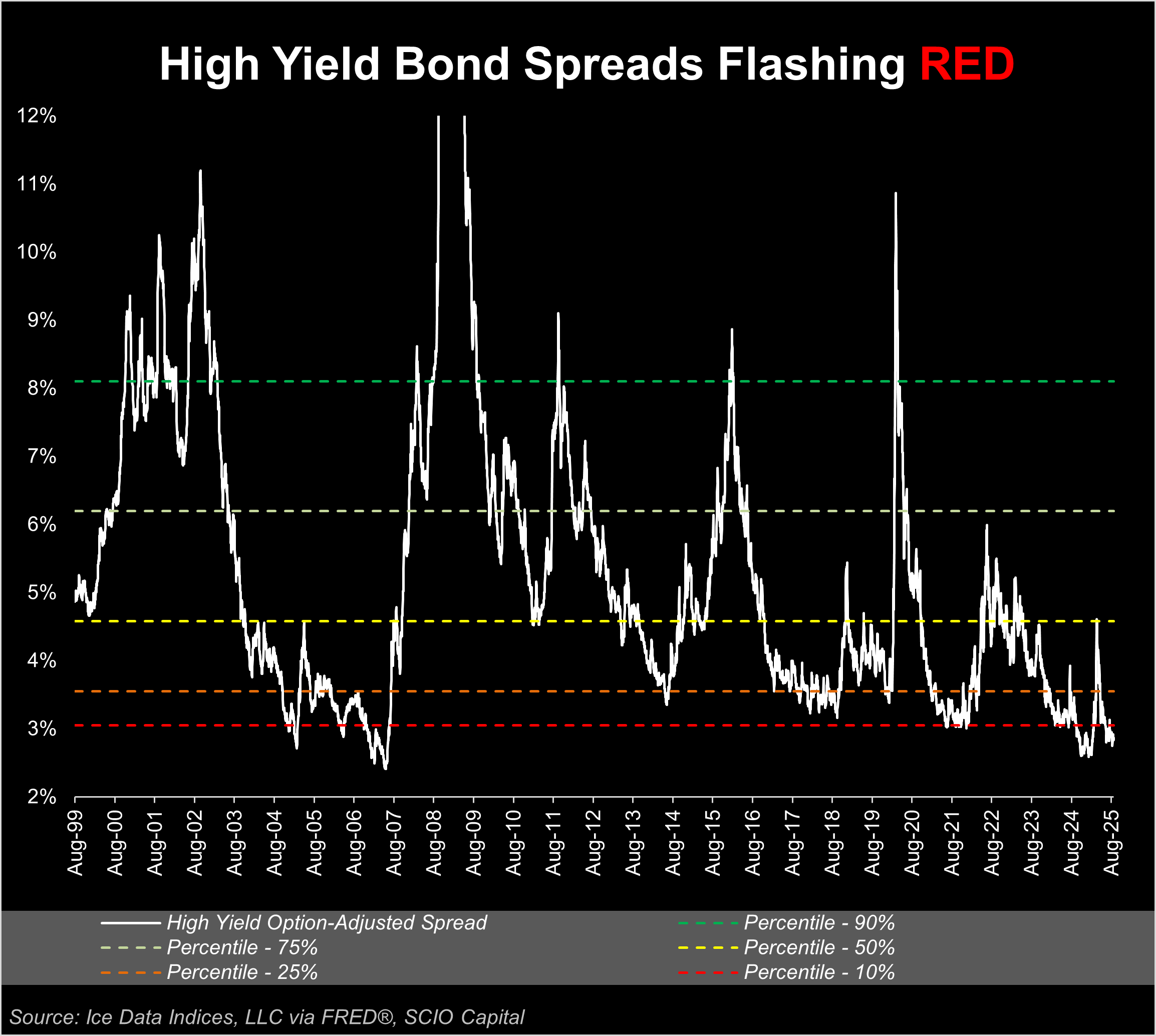
Blog: Over-Diversification – The Enemy Of Outperformance
EXECUTIVE SUMMARY
Most investment professionals embrace diversification, or the concept of spreading risk across multiple investments, as a key tenet of portfolio risk management. Indeed, diversification is a key consideration, according to modern portfolio theory, when constructing an ‘optimised portfolio’ which maximises return versus risk. Over-diversification, on the other hand, can prove problematic, resulting in increased costs, additional due diligence and operational burdens, and a reduction in a portfolio’s overall risk-return characteristics. We demonstrate that allocating to private credit can be a highly-effective risk management tool owing to private credit’s lower correlation to public markets, ability to protect against downside risks as well reduce portfolio exposure to market volatility.
THE VALUE OF DIVERSIFICATION
Modern portfolio theory (MPT), developed by Nobel laureate Harry Markowitz, shows that investors can use diversification to improve an investment portfolio’s risk/reward characteristics. Diversification works by decreasing a portfolio’s standard deviation of returns because different assets do not move up and down at the same time or at the same rate, providing for more consistent overall portfolio performance. An investment’s risk and return characteristics should not be viewed in isolation, MPT argues, but rather by how it affects a portfolio’s overall risk and return. The theory uses standard deviation as its risk measure, with the Sharpe ratio quantifying its effectiveness. Markowitz was in fact such a huge advocate of the benefits of diversification that he referred to it as ‘the only free lunch in investing’.
FREE LUNCHES ONLY FOUND IN MOUSETRAPS
Unfortunately, MPT does not work well in illiquid credit markets, a consequence of the theory predicated on several simplifying (and erroneous) assumptions, including:
AssumptionRealityInvestments have symmetric return distributionsBonds and loans produce asymmetric return distributionsInvestors are rational and will avoid all unnecessary riskCognitive biases often undermine rational decision making (eg, GameStop)All investors have access to the same informationInformation asymmetry is prevalent in illiquid markets
Despite these shortcomings, MPT is a powerful tool whose advantages far outweigh its shortcomings. That said, I see it more as a ‘buy one, get one free’ than a ‘free lunch’ given its limitations.TOO MUCH OF A GOOD THINGAndrew Carnegie, the Scottish-American industrialist regarded as one of history’s wealthiest people, famously told an audience, ‘Put all your eggs in one basket, and then watch that basket’. While this flies in the face of modern financial theory, it illustrates an important point; namely that diversification, while protecting an investors’ downside, also limits their upside as there is bound to be a wide dispersion of asset returns, both good and bad.
”Like all good things, diversification can have negative consequences if overdone”
Furthermore, like all good things, diversification can have negative consequences if overdone. Peter Lynch, the legendary former Fidelity Magellan Fund manager, described over-diversifying an investment portfolio in a way that it reduces the overall risk-return characteristics as ‘diworsification’. Warren Buffet’s concentrated portfolio in his early days is an excellent example of this principle; though highly-concentrated to a small number of companies, Buffet reduced his risk, and increased his return, by knowing each business through and through.
DIVERSIFICATION IS LIKE GARLIC
A portfolio’s optimal level diversification is a function of the investor’s specific risk appetite and objectives. However, the number of assets required is typically much less than many investors think. Think of diversification like garlic – a little goes a long way. A study conducted by E. Elton and M. Gruber showed that by holding a portfolio of 20 stocks the portfolio’s standard deviation decreased by 27%. However, by adding another 980 stocks, the standard deviation only decreased another 2.5%! Willis Towers Watson’s recent article on the topic of high-yield bonds noted that 75% of all high-yield bond managers fail to beat their benchmark. WTW attributed this to the effects of over-diversification (the average number of holdings across high-yield managers is an eye-watering 280), and asked the question ‘do managers really believe that all 280 of these holdings are a ‘best idea’?’ Their solution was a more focused approach, favouring managers who own more concentrated portfolios of high-conviction names.
PRIVATE CREDIT TO THE RESCUE
Any asset manager worth their salt will tell you that there is a limit to the number of ‘best ideas’ in a portfolio. True alpha generation requires significant expertise, thorough analysis, monitoring and resource commitment. This would explain why private equity funds, for example, are typically highly-concentrated (median of 7 portfolio holdings per fund)1. Being an illiquid market, private credit benefits from low competition, barriers to entry, information asymmetry and market inefficiencies. These advantages help SCIO funds to generate consistent risk-adjusted outperformance from both an MPT perspective (Sharpe ratio 2.3) and a post-modern portfolio theory perspective which emphasises downside protection (Sortino ratio 2.2)2. The benefits of diversifying a portfolio with private credit can be significant. As illustrated below, a portfolio of stocks or bonds which had allocated 20% to SCIO funds would have enjoyed a sizable increase in their portfolio’s net annual return while simultaneously achieving lower overall volatility (Sharpe) and reduced downside volatility (Sortino).



FINAL THOUGHTS
Diversification is a powerful risk-management tool with quantifiable benefits. As demonstrated above, allocating to funds whose assets offer a unique set of alternative risk premia can meaningfully improve a portfolio’s risk-adjusted returns (Sharpe and Sortino). However, investors looking to outperform the market must remain vigilant and guard against over-diversifying their portfolios as a more concentrated portfolio allows investors and fund managers alike to focus on a manageable number of high-quality investments. Lastly, for investors serious about outperforming on a consistent basis, there is no substitute for hard work; the most powerful risk management tool remains extensive due diligence, research, and analysis so as to understand an investment from top to bottom. Warren Buffet summarised it perfectly when he stated, ‘Wide diversification is only required when investors do not understand what they are doing’. 1 Source: PEI 2 Asset-weighted net unleveraged annual composite returns across SCIO’s SICAV funds (May 2010 through Mar 2021)

.svg)



.png)






.svg)






